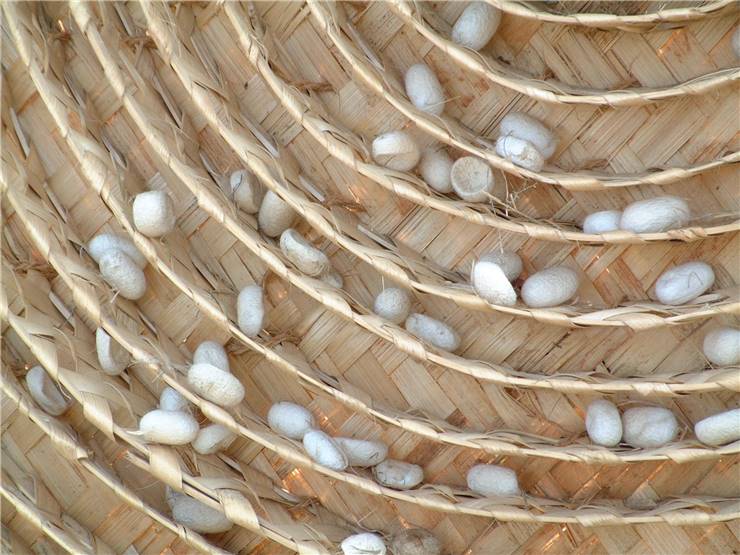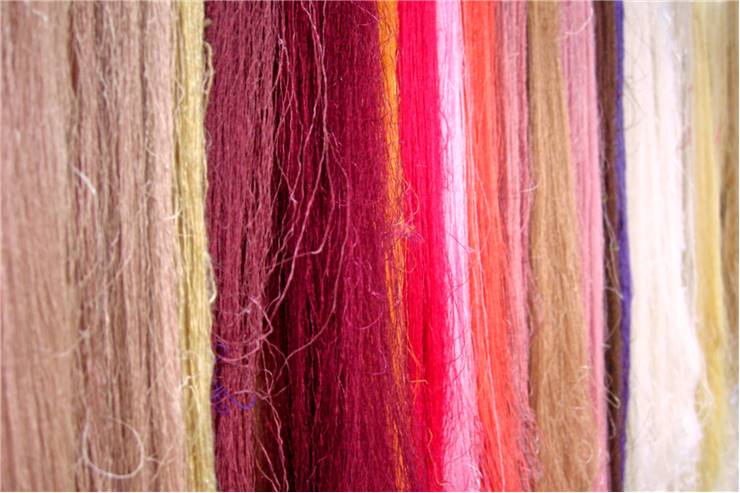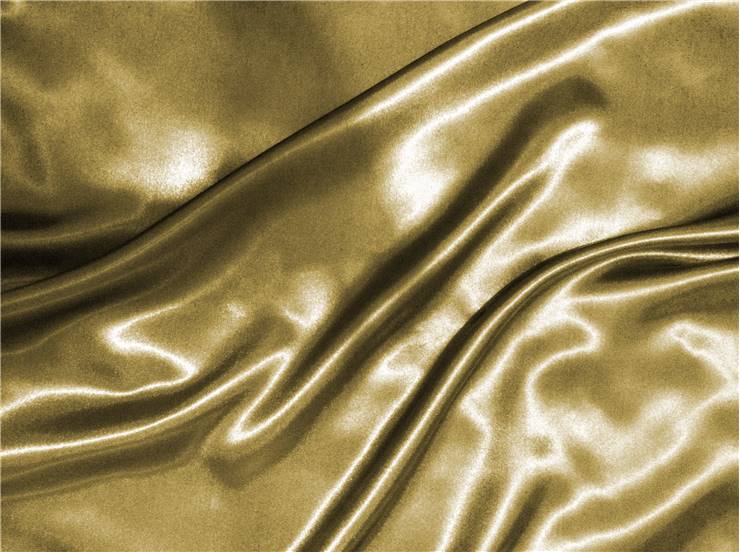History of Silk Fabric
Silk is a natural protein fiber produced by mulberry silkworm which is used for textile manufacturing. Silk fiber has a triangular prism-like structure which allows silk cloth to refract incoming light at different angles and with that to produce different colors.
History of silk began in the 27th century BC in China where it remained in sole use until the commercial ways appeared from China to the Mediterranean Sea. There is also evidence of silk dating between 4000 and 3000 BCE. During the latter half of the first millennium BC, Silk Road opens and silk starts to spread the world. Cultivation of silk spread to Japan somewhere around 300 CE while by 522 the Byzantines managed to obtain silkworm eggs and were able to begin silkworm cultivation of their own. In time Chinese lost their secret to the Koreans and later the Indians.
In China, only women farmed silk worms. Many women were employed on the farms of silkworms. Silk was considered a luxury item and silk became very popular among high society. Popularity was such that laws were made to regulate and limit use of silk to the members of the imperial family. That rule stayed in power for over millennia. In time other classes of Chinese society were allowed to wear silk.

Silk was not used just for clothing. Paper was also made out of silk and it was the first type of luxury paper. Again its worth became more valuable and it was used as pay for government officials and compensation to citizens who were particularly worthy. The length of the silk cloth became a monetary standard in China.
In 552 CE the Byzantine emperor Justinian obtained the first silkworm eggs. He had sent two Nestorian monks to Central Asia and they smuggled silkworm eggs to him hidden in rods of bamboo. That moment marks beginning of silk industry in the Eastern Roman Empire. Techniques of silk production began to spread across Western Europe with Crusades. In time changing technology advanced the textile industry.
Italian silk cloth was very expensive so French fashion, which continuously demanded lighter and less expensive materials began making silk locally. In 1540 the king granted a monopoly on silk production to the city of Lyon and it became the capital of the European silk trade. By the 17th century over 14,000 looms were in use in Lyon.
While the start of the Industrial Revolution marked a massive boom in the textile industry, silk industry did not gain any benefit from innovations in spinning because silk is naturally already a thread. Progress was made by simplification and standardization of silk manufacture and with inventing of the revolutionary Jacquard loom which could be programmed.
Decline in the European silk industry started in 1845 with first silkworm diseases which increased the price of silkworm cocoons. Fashion also changed and importance of silk in the garments of the bourgeoisie declined. With crisis in Europe Japan became world's greatest producer of silk which lasted until the World war Two. Today, People's Republic of China is the world's largest silk producer.



